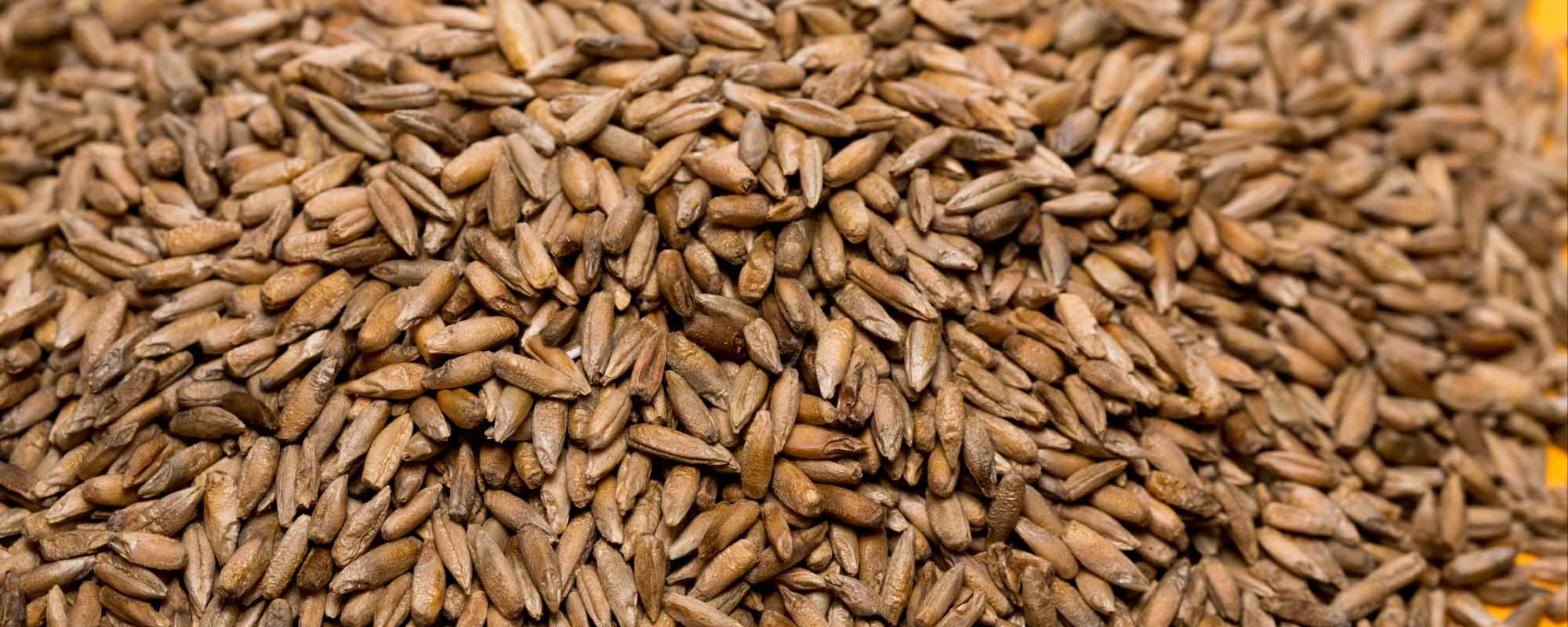
Agricultural News
Knowing the Components of Quality Seed can Help Producers Chances of Growing Successful Crops
Mon, 03 Jul 2017 15:03:54 CDT
 The following is an article entitled Quality Seed: The First Step to a Successful Crop, authored by James Locke, Soils and Crops Consultant at the Noble Research Institute.
The following is an article entitled Quality Seed: The First Step to a Successful Crop, authored by James Locke, Soils and Crops Consultant at the Noble Research Institute.
Starting with good quality planting seed is the first step to a successful crop. While we cannot control factors like weather and markets, we can almost always use good quality seed. So, what are the components of quality seed?
Seed Viability
The U.S. Department of Agriculture requires all seed sold commercially to be tested and meet minimum germination standards. Most states also have their own seed laws setting minimum requirements, and most seed companies have minimum standards for seed they will market. However, the standard germination test tells only part of the story. Standard germination tests are conducted under ideal conditions, and they do not give a good indication of how the seed may perform under challenging field conditions. Running a vigor test provides a better estimate of field performance. Types of vigor tests include accelerated aging, cold, electric conductivity and seedling vigor classification tests. Seed that has an acceptable germination percentage but low vigor may not grow well or even germinate under adverse field conditions. Vigor testing is particularly valuable for seed that has been held over, stored under unknown or unfavorable conditions, or will be planted under less-than-ideal soil or weather conditions. Additional information on seed testing and laboratory resources can be found here: Seed Testing Laboratory Service Providers for Texas Agriculture.
Varietal Purity
Variety selection is one of the most important decisions a producer makes. A number of factors must be considered when selecting varieties to plant. Regional adaptation, yield potential, end use (grazing, hay or harvest), disease and insect resistance, and herbicide tolerance traits all need to be considered. Refer to published variety trial results from unbiased sources, preferably for multiple years and from environments similar to your own, to select varieties that meet your goals. It is preferable to plant multiple varieties to spread out the risks from weather and diseases.
Seed Purity
State laws typically regulate how much and what types of weed seed and other contaminants are allowable in commercial planting seed. Weed seed contamination is a particular problem for bin-run seed. Even when seed has been cleaned, weed seed of similar size, shape or density are often difficult to remove. When these weeds are planted with the crop, they germinate with the crop and immediately compete for space, water, nutrients and sunlight. Weed competition can potentially reduce yields by 50 percent or more. In addition to causing yield losses from competition, weeds can reduce crop quality. Weed seed is one of the contaminants that will be docked at the elevator when grain is sold.
So, how does one make sure they are able to meet these criteria for quality seed? The easiest way is to plant certified seed. Certified seed is the progeny of breeder, foundation or registered seed classes, and has passed necessary inspections to meet state and federal seed law requirements. Additionally, using certified seed ensures compliance with the Plant Variety Protection Act (PVP). Oftentimes, producers purchase "variety not stated" seed for planting purposes. If any of this seed is from a PVP-protected variety, it is a violation. Most seed companies now aggressively pursue enforcement of their PVP rights.
A common argument against using certified seed is that it increases production costs. While that may appear true on the surface, it may not be the case if all factors are considered. Bin-run seed usually has lower germination rates, which requires increased seeding rates to obtain the same stand. Even then, seed vigor is often lower, resulting in weaker seedlings. It also may be infected with seed-borne diseases, in addition to weed seed previously mentioned.
One way to keep the advantages of certified seed while reducing out-of-pocket costs is to plant enough certified seed annually to provide your own planting seed for the next year. This works well because the genetic purity will be maintained for the first year. If seed is saved from subsequent years' crops, the genetics will become increasingly diluted and the variety traits may not be preserved. Note that this is not an option for patented varieties or those carrying a patented gene.
Using quality planting seed is a key production factor we can control. There are so many factors that we can't control; it makes good sense to take advantage of the ones we can.
Guidelines for Production, Storage and Use of Planting Seed
- Use good weed management practices to ensure weed seed will not be harvested with the crop seed.
- Apply fungicides to control seed-borne diseases.
- Ensure harvest equipment is clean and properly adjusted.
- Clean seed to remove weed seed and foreign material before storage.
- Store seed under good conditions, and control storage insects.
- Perform seed germination and vigor test, and adjust seeding rates as needed for saved seed.
- Apply fungicides to saved seed to control seedling diseases.
Source - The Noble Research Institute
WebReadyTM Powered by WireReady® NSI
Top Agricultural News
More Headlines...





